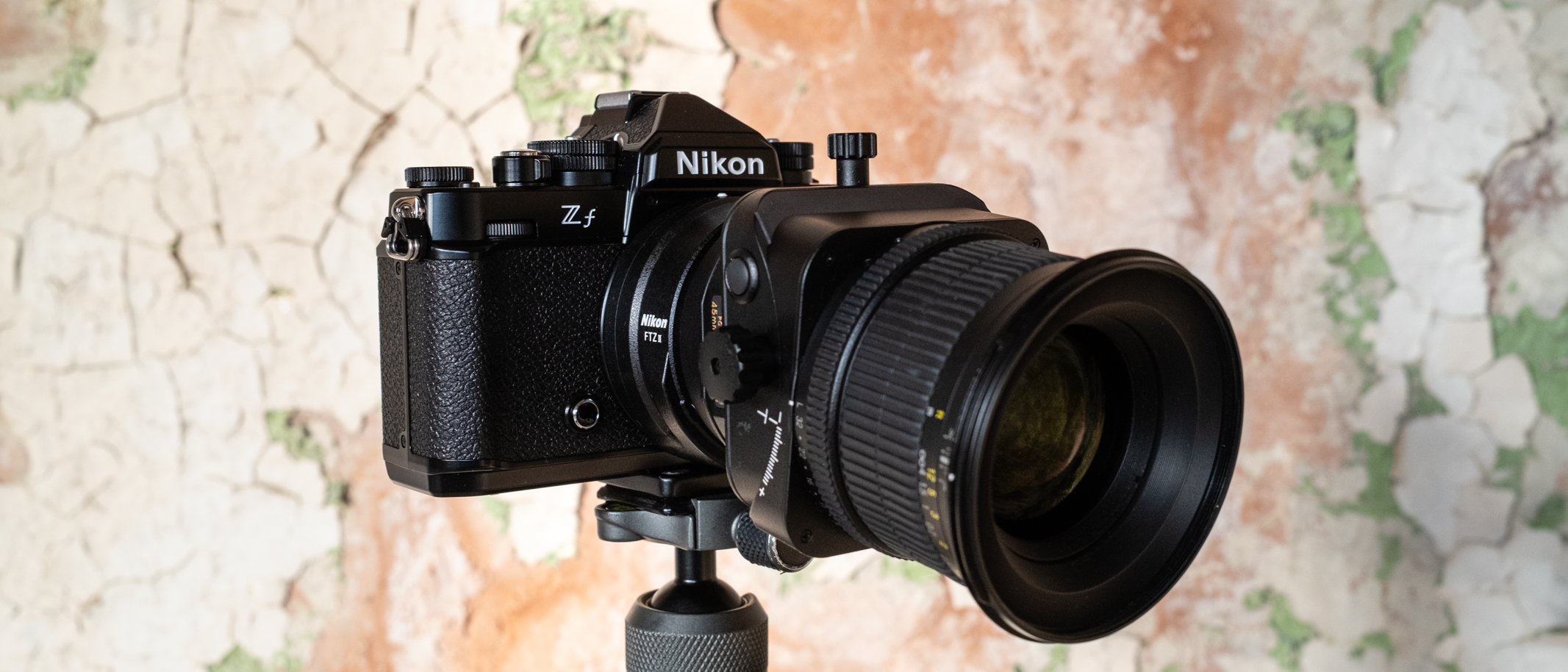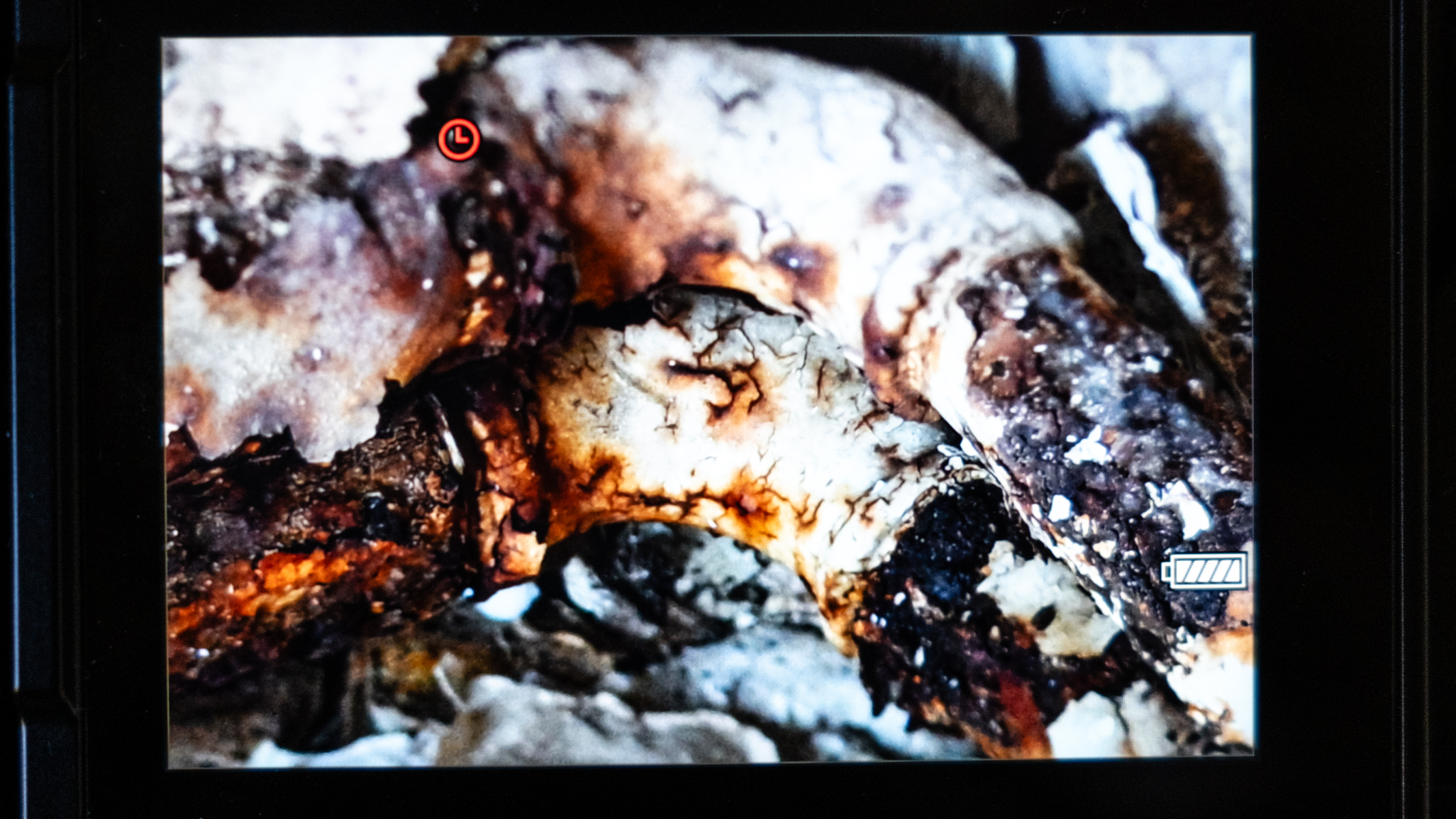This amazing Nikon Zf feature changes manual focusing forever – and even works with vintage lenses
The Zf might just be the best mirrorless camera for manual focus

Having grown up in the 1980s and 90s, I’m old enough to have experienced the joys, challenges, and occasional heartache of analog photography. I have to confess, once I got to grips with the editing side of digital photography, I couldn't imagine going back to shooting film and have no intention of doing so despite many days, weeks, months, or probably even cumulative years spent in a darkroom.
That said, there are aspects of analog cameras that I do miss, and a couple of those are tactile manual camera controls and their manual focusing prowess. The latter, was because manual film cameras most commonly use split field focusing screens that make manual focus a breeze. Digital cameras provide manual focus, but it’s just never been quite as effective as film cameras when viewing the scene through the viewfinder. Until now.
The Nikon Zf is Nikon’s latest Z-series mirrorless camera with a design that’s based on the iconic Nikon FM2 – a camera that I’ve owned and enjoyed myself. It’s a beautifully designed camera with excellent performance in a modern context, but one of my favorite features is the amazing manual focusing.
This is a breath of fresh air in an age of optical excellence and crisp and clean digital images. There’s been a significant move back to analog for many photographers in recent years, and the Zf bridges the gap between analog and digital handling, unlocking the potential of Nikon’s extensive back catalog of vintage manual focus F-mount lenses available on the second-hand market.
A master of manual focus
Without going into extensive detail, it’s fair to say that the Zf has a phenomenal autofocus system that's fast, accurate, and can use AI-powered subject detection for added precision. Nikon even compares its performance to the flagship Z9, which is quite a claim. So, you may be wondering why you’d even consider using vintage manual focus lenses with the Zf when its AF is so good.
When manually focusing with the Zf you have several options available for obtaining fast and precise focus – not adequate, not just okay, fast and precise. This, for me, makes the Zf the best digital camera, particularly with an EVF, ever made for manual focus, whether you’re using a modern Z-series lens, an F-mount AF lens, or a vintage manual focus-only F-mount lens. I’ve never achieved the level of precision manually focusing with a digital camera as I have with the Zf.
When you focus manually with the Zf, the active focus point doesn’t perform an AF function, but does become a highly effective focusing aid. When the Zf is set to single-point AF mode, you get 273 focus points covering 89 x 96% of the viewable area of the EVF and LCD screen, and by moving that ‘active’ point over the desired point of focus, the color of the point changes from red to green when that point is in focus. It’s so simple and makes such a huge difference to manual focus that it's hard to believe it’s a new feature.
Sign up for breaking news, reviews, opinion, top tech deals, and more.


Another option is to switch on subject detection where there are Auto, People, Animal, Vehicle, and Airplanes to choose from. In this mode, which coincidentally also works with AF, the camera identifies the subject and will, for instance, put focus guides around the subject’s eyes when set to People, making it quick and easy to manually focus on the eyes when shooting at a wide aperture. With Animal, the camera will detect the closest part of the animal to the lens unless the eyes can be seen.
Between using single-point AF and subject detection alone, manual focus is unbelievably quick and easy, but two additional standard features are also available: focus zoom and focus peaking. Of these, I only used focus zoom, where the image in the EVF or on the rear LCD can be zoomed in to focus precisely. But there’s also focus peaking where the parts of the subject/scene that are in focus are highlighted with a colored outline when in focus.
That makes four highly effective ways to focus manually, which allows you to select the most appropriate method for the subject you’re shooting. Manual focus has always been available with mirrorless cameras and DSLRs, but it has always been secondary to autofocus and has been decent rather than exceptional. The Zf has finally taken manual focus to the next level and, once again, made it quick and easy to use.
The manual focus lens I used



With no true vintage Nikon lenses available for me to use, I decided to shoot with the F-mount Nikkor PC-E 45mm f/2.8 attached to the Zf with the FTZ II adaptor. This is an F-mount tilt and shift lens that may not quite fall into the vintage category, but it’s a specialist manual focus that works in harmony with the Zf and is capable of capturing an incredibly narrow depth-of-field.
These lenses are designed to mimic the movements of large-format cameras for architectural and close-up photography. The movements of the lens allow photographers to eliminate distortion like converging verticals, as well as further extend and decrease depth-of-field beyond the limitations of the aperture used.
Even when working with such a narrow depth-of-field, the Nikon Zf made it easy to achieve perfect sharpness in the desired part of the scene or subject. I used whichever manual focus feature was best suited to the situation, mainly using the active AF point as a focusing aid, occasionally using subject detection and once or twice using the EVF / Live View zoom function.






Why vintage lenses remain desirable
High-quality modern lenses are amazing, and in many cases are far superior to older lenses thanks to modern optical design and lens coatings, so using vintage lenses may seem like a step back. The answer to this often simply comes down to lens characteristics.
Desirable vintage lens characteristics can include overall image quality – some were astonishingly good. The bokeh they produce at wider apertures, vignetting, the color balance they can produce in images, and the way that they handle flare are among other desireable qualities.
You might also like
Nikon Z f review
Camp Snap camera review: child’s play
The 8 Fujifilm X100V accessories I can’t live without

James Abbott is a professional photographer and freelance photography journalist. He contributes articles about photography, cameras and drones to a wide range of magazines and websites where he applies a wealth of experience to testing the latest photographic tech. James is also the author of ‘The Digital Darkroom: The Definitive Guide to Photo Editing’.